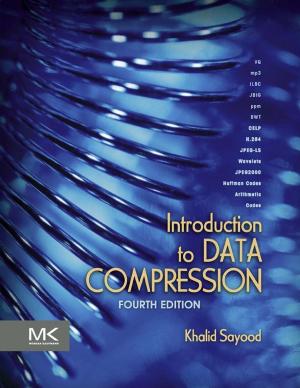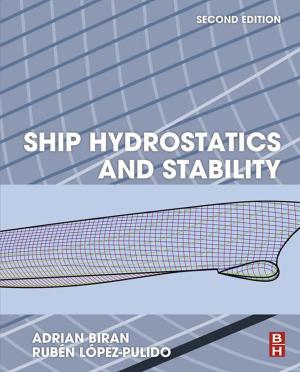Seismic Stratigraphy, Basin Analysis and Reservoir Characterisation
Nonfiction, Science & Nature, Science, Earth Sciences, Geology| Author: | P.C.H. Veeken | ISBN: | 9780080466309 |
| Publisher: | Elsevier Science | Publication: | November 13, 2006 |
| Imprint: | Elsevier Science | Language: | English |
| Author: | P.C.H. Veeken |
| ISBN: | 9780080466309 |
| Publisher: | Elsevier Science |
| Publication: | November 13, 2006 |
| Imprint: | Elsevier Science |
| Language: | English |
The interest in seismic stratigraphic techniques to interpret reflection datasets is well established. The advent of sophisticated subsurface reservoir studies and 4D monitoring, for optimising the hydrocarbon production in existing fields, does demonstrate the importance of the 3D seismic methodology. The added value of reflection seismics to the petroleum industry has clearly been proven over the last decades. Seismic profiles and 3D cubes form a vast and robust data source to unravel the structure of the subsurface. It gets nowadays exploited in ever greater detail. Larger offsets and velocity anisotropy effects give for instance access to more details on reservoir flow properties like fracture density, porosity and permeability distribution, Elastic inversion and modelling may tell something about the change in petrophysical parameters. Seismic investigations provide a vital tool for the delineation of subtle hydrocarbon traps. They are the basis for understanding the regional basin framework and the stratigraphic subdivision. Seismic stratigraphy combines two very different scales of observation: the seismic and well-control. The systematic approach applied in seismic stratigraphy explains why many workers are using the principles to evaluate their seismic observations. The here presented modern geophysical techniques allow more accurate prediction of the changes in subsurface geology. Dynamics of sedimentary environments are discussed with its relation to global controling factors and a link is made to high-resolution sequence stratigraphy. ‘Seismic Stratigraphy Basin Analysis and Reservoir Characterisation’ summarizes basic seismic interpretation techniques and demonstrates the benefits of intergrated reservoir studies for hydrocarbon exploration. Topics are presented from a practical point of view and are supported by well-illustrated case histories. The reader (student as well as professional geophysicists, geologists and reservoir engineers) is taken from a basic level to more advanced study techniques.
* Overview reflection seismic methods and its limitations.
* Link between basic seismic stratigraphic principles and high resolution sequence stratigraphy.
* Description of various techniques for seismic reservoir characterization and synthetic modelling.
* Overview nversion techniques, AVO and seismic attributes analysis.
The interest in seismic stratigraphic techniques to interpret reflection datasets is well established. The advent of sophisticated subsurface reservoir studies and 4D monitoring, for optimising the hydrocarbon production in existing fields, does demonstrate the importance of the 3D seismic methodology. The added value of reflection seismics to the petroleum industry has clearly been proven over the last decades. Seismic profiles and 3D cubes form a vast and robust data source to unravel the structure of the subsurface. It gets nowadays exploited in ever greater detail. Larger offsets and velocity anisotropy effects give for instance access to more details on reservoir flow properties like fracture density, porosity and permeability distribution, Elastic inversion and modelling may tell something about the change in petrophysical parameters. Seismic investigations provide a vital tool for the delineation of subtle hydrocarbon traps. They are the basis for understanding the regional basin framework and the stratigraphic subdivision. Seismic stratigraphy combines two very different scales of observation: the seismic and well-control. The systematic approach applied in seismic stratigraphy explains why many workers are using the principles to evaluate their seismic observations. The here presented modern geophysical techniques allow more accurate prediction of the changes in subsurface geology. Dynamics of sedimentary environments are discussed with its relation to global controling factors and a link is made to high-resolution sequence stratigraphy. ‘Seismic Stratigraphy Basin Analysis and Reservoir Characterisation’ summarizes basic seismic interpretation techniques and demonstrates the benefits of intergrated reservoir studies for hydrocarbon exploration. Topics are presented from a practical point of view and are supported by well-illustrated case histories. The reader (student as well as professional geophysicists, geologists and reservoir engineers) is taken from a basic level to more advanced study techniques.
* Overview reflection seismic methods and its limitations.
* Link between basic seismic stratigraphic principles and high resolution sequence stratigraphy.
* Description of various techniques for seismic reservoir characterization and synthetic modelling.
* Overview nversion techniques, AVO and seismic attributes analysis.















